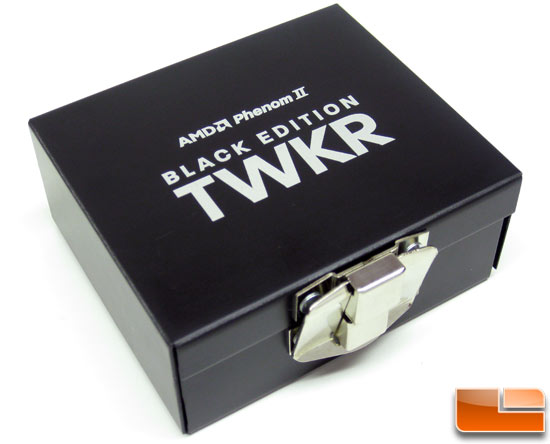- Sep 5, 2003
- 19,458
- 765
- 126
HD8850 - 28nm Oland Pro
3.4 billion transistors
~ 270mm-280mm^2 die
925mhz GPU clock (975mhz Boost)
1536 Shaders
96 TMUs (93.6 GTexels/sec texture fill-rate)
32 ROPs (31.2 GPixels/sec pixel fill-rate)
6 Ghz GDDR5 @ 256-bit (192 Gb/sec memory bandwidth)
TDP 130W
(Single-Precision Compute: 2.99 Tflops, 187 Gflops Double Prec.)
Comparable performance to GTX670, 35% faster than GTX 660 2.0GB
HD8870 - 28nm Oland XT
3.4 billion transistors
~ 270mm-280mm^2 die
1050mhz GPU clock (1100mhz Boost)
1792 Shaders
112 TMUs (123.2 GTexels/sec texture fill-rate)
32 ROPs (35.2 GPixels/sec pixel fill-rate)
6 Ghz GDDR5 @ 256-bit (192 Gb/sec memory bandwidth)
TDP 160W
(Single-Precision Compute: 3.94 Tflops, 246 Gflops Double Prec.)
Comparable performance to GTX680, 30% faster than GTX 660Ti 2.0GB
Also rumored to have some "AMD Wireless Display Technology" (?)
Launch: January 2013?
*** Take with a huge grain of salt due to random source***
http://read2ch.com/r/jisaku/1347605134/ID:hKcZJDn
>>> Personally I think this sounds way too good to be true since we are still stuck at 28nm (unless 28nm node has matured this much behind the scenes). If true, we are looking at GTX680 level of GPU performance next year at $349 I bet.
3.4 billion transistors
~ 270mm-280mm^2 die
925mhz GPU clock (975mhz Boost)
1536 Shaders
96 TMUs (93.6 GTexels/sec texture fill-rate)
32 ROPs (31.2 GPixels/sec pixel fill-rate)
6 Ghz GDDR5 @ 256-bit (192 Gb/sec memory bandwidth)
TDP 130W
(Single-Precision Compute: 2.99 Tflops, 187 Gflops Double Prec.)
Comparable performance to GTX670, 35% faster than GTX 660 2.0GB
HD8870 - 28nm Oland XT
3.4 billion transistors
~ 270mm-280mm^2 die
1050mhz GPU clock (1100mhz Boost)
1792 Shaders
112 TMUs (123.2 GTexels/sec texture fill-rate)
32 ROPs (35.2 GPixels/sec pixel fill-rate)
6 Ghz GDDR5 @ 256-bit (192 Gb/sec memory bandwidth)
TDP 160W
(Single-Precision Compute: 3.94 Tflops, 246 Gflops Double Prec.)
Comparable performance to GTX680, 30% faster than GTX 660Ti 2.0GB
Also rumored to have some "AMD Wireless Display Technology" (?)
Launch: January 2013?
*** Take with a huge grain of salt due to random source***
http://read2ch.com/r/jisaku/1347605134/ID:hKcZJDn
>>> Personally I think this sounds way too good to be true since we are still stuck at 28nm (unless 28nm node has matured this much behind the scenes). If true, we are looking at GTX680 level of GPU performance next year at $349 I bet.
Last edited:



